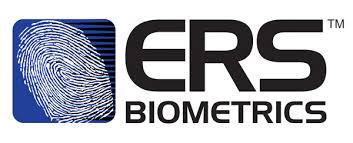Since COVID-19, the new management trend has been to monitor staff remotely. Managers seem less worried about the 93% of work-from-home employees wearing pyjamas and more concerned about productivity. It is extremely difficult to analyse productivity without applying software that can generate reports and comparisons.
Employers have been monitoring staff since the inception of any organised business. Technology has made the process automated, meaning one manager can observe thousands of employees simply by looking at automated reports and comparisons. This brings about the big question of why managers feel they need to monitor staff so closely.
An article in the South African Labour Guide, by Jan du Toit, explains that 79% of employees' working time is spent gaming or on social media. In another study, 80% of e-mail was of a private nature. To add to the headache of productivity, it is not yet clear how many viruses or hackers are specifically caused by employees visiting unsavoury Web sites. With statistics like this, it is not surprising that managers are finding it necessary to monitor staff working remotely.
In principle, now that many of us are working with data, any activity taking place on a computer could be monitored, including idle time, programs used and Internet sites visited. This bodes the question: Is it legal to monitor such activities?
It is certainly illegal to read private communications from private e-mail addresses; however, no law will be broken in the event that only the duration of time spent in programs and Web sites are monitored. If privacy is maintained in terms of who or what you are communicating, there is no dispute that this is perfectly legal, although some do argue that full disclosure of exactly what you are monitoring needs to be maintained.
In addition, many reports taken from monitoring software have been used in disciplinary hearings over the last few years, providing the necessary information to prove that certain Web sites or programs visited constituted proof that employees were not working, or contravening the employment contract.
Many problems for supervisors can be solved using a monitoring solution. It has become a near impossible task to ensure data protocols and security are enforced, when everyone is using a different network. If a record is kept of Web sites visited, it becomes easier to identify the source of any malicious software that may have found its way to a work network and to take action accordingly. In addition, time spent within the Microsoft Office suite versus time on Facebook can make it easy to assess productive versus unproductive time without breaking any laws and maintaining the privacy of any staff member.
Activity data can be displayed visually in real-time by admin and manager dashboards as well as in detailed reports, giving productivity metrics. Data can analyse productive or unproductive employees, or compare team or departmental efficiency or productivity on specific projects. Each graph, table or summery can have figures, percentages or diagrams indicating the level you wish to view. Additionally, metrics can be drawn for a specific time period.
If you plan to install monitoring software, ensure that you are not crossing into the territory of privacy. This can easily be assured by adding reputable software such as ERS Watchdog, which will not cross privacy lines and even warns employees before they activate a program that might be considered unproductive.
For more information on productivity management, visit www.ersbiometrics.co.za or www.erswatchdog.co.za.
Share
